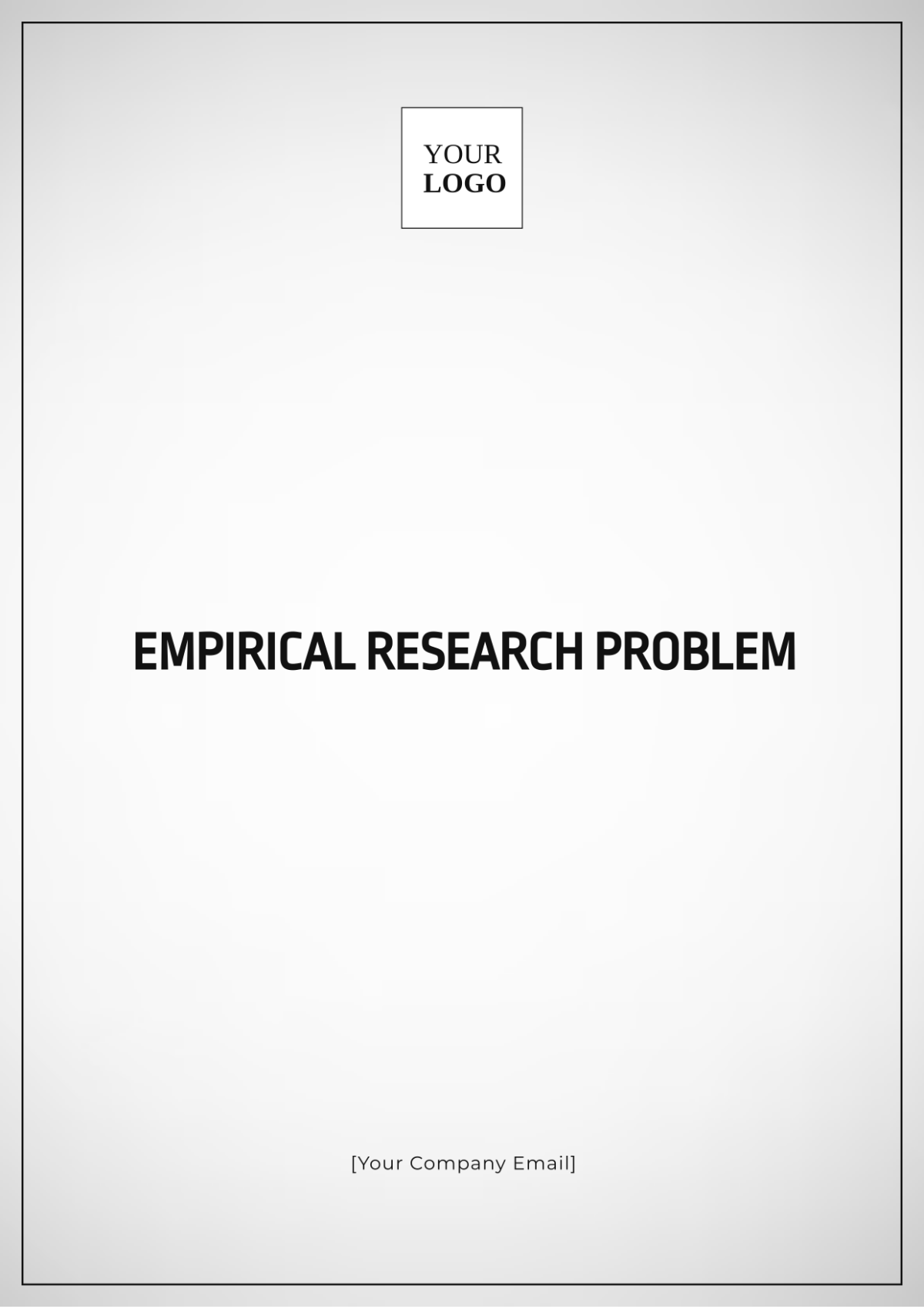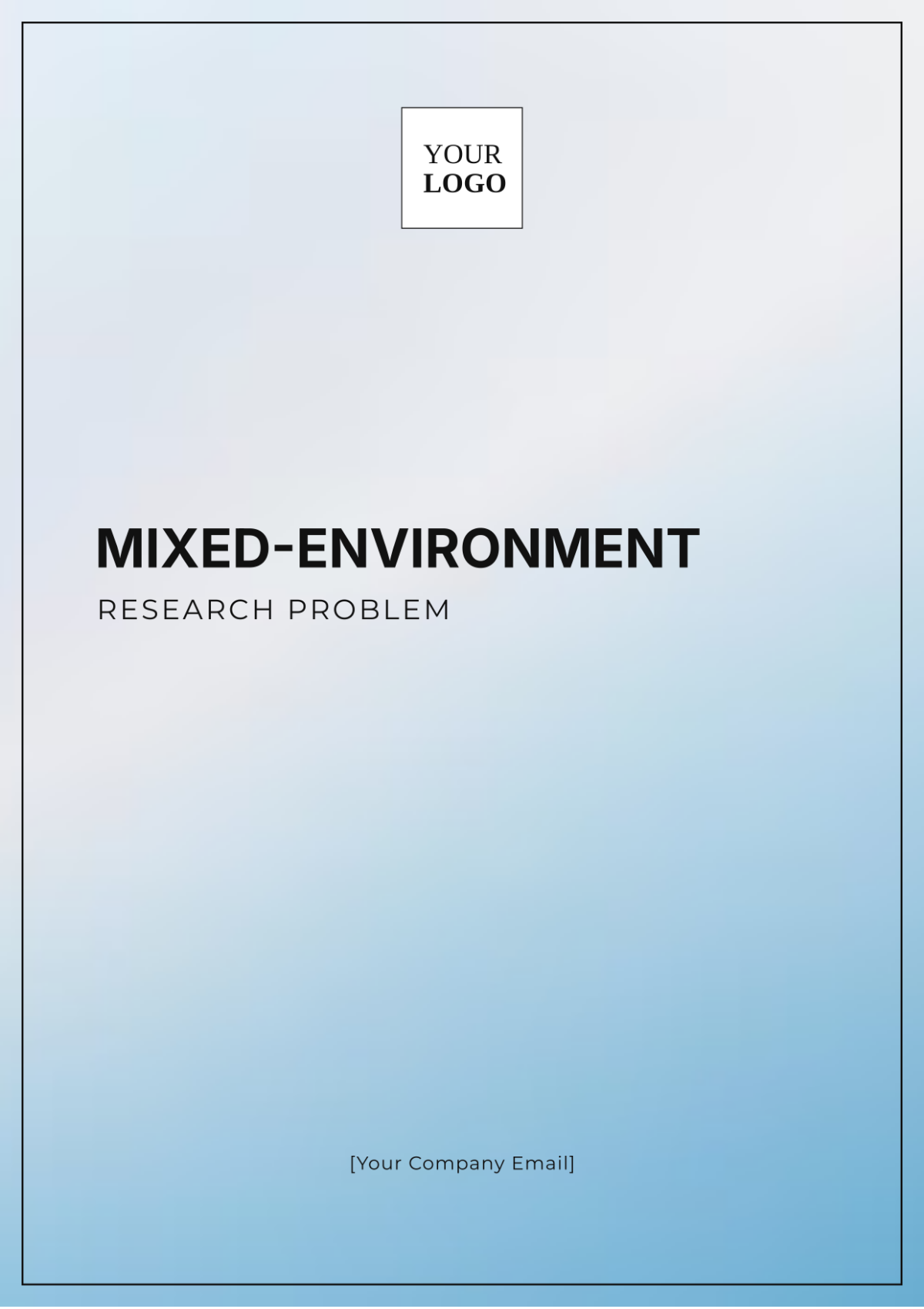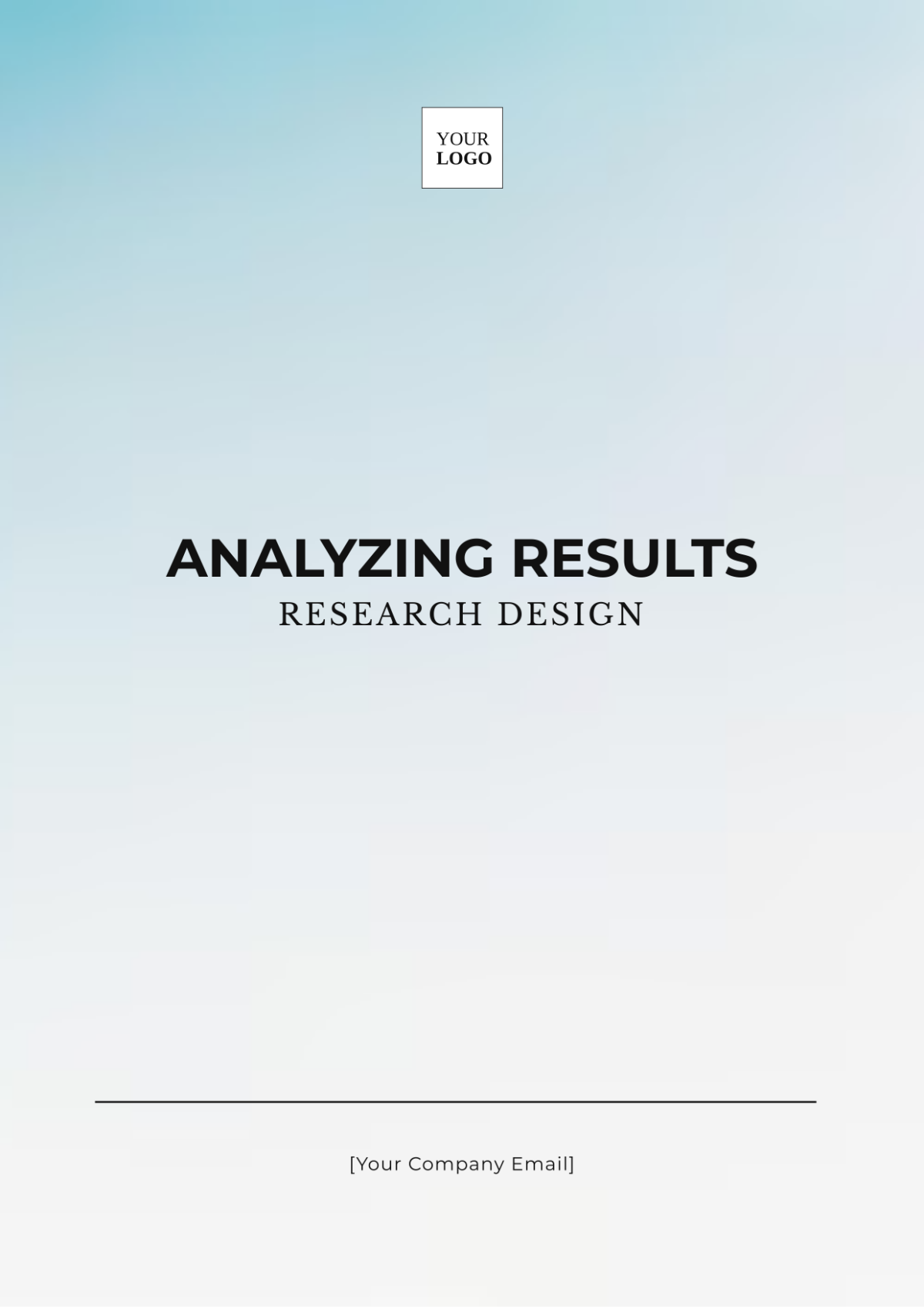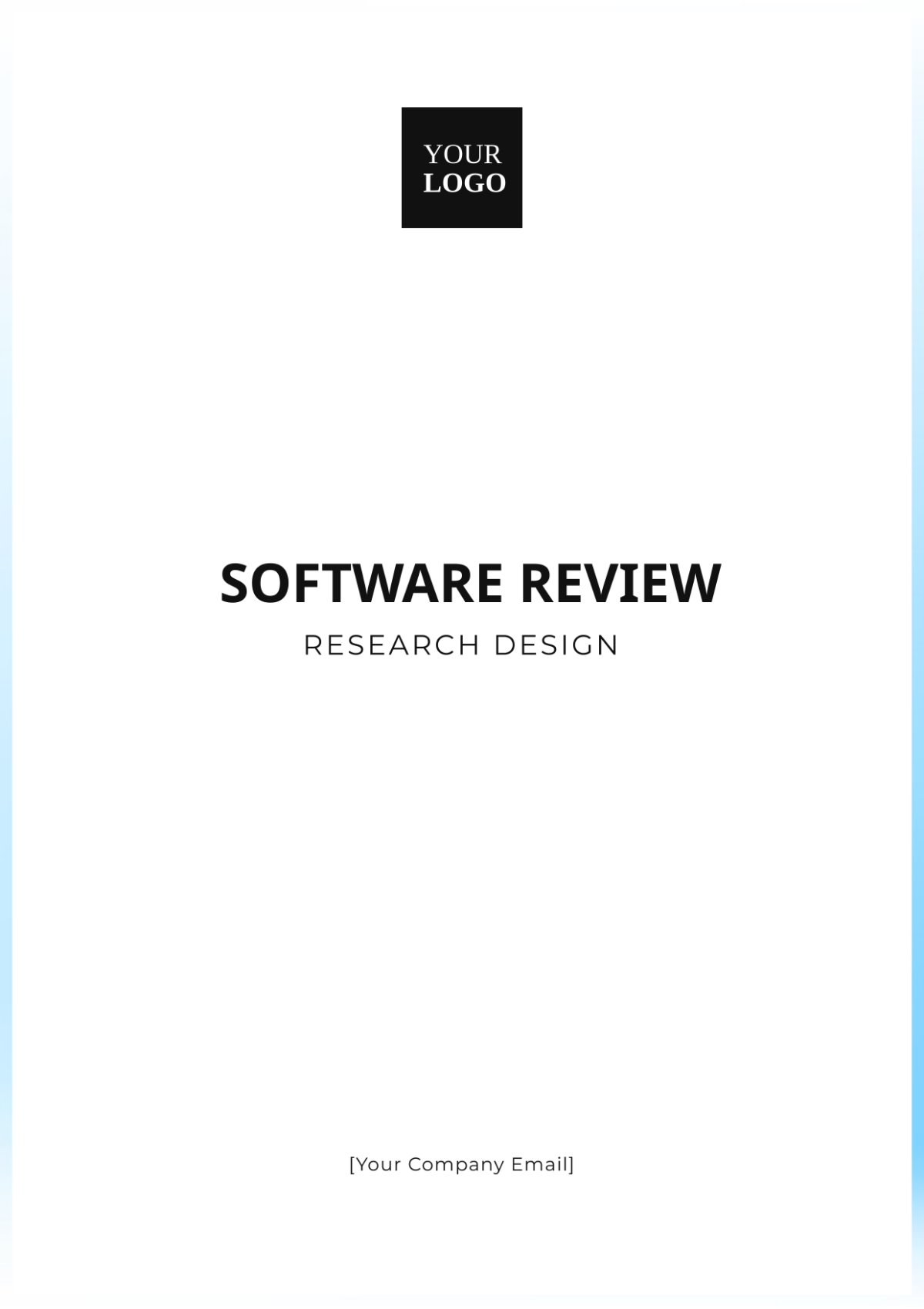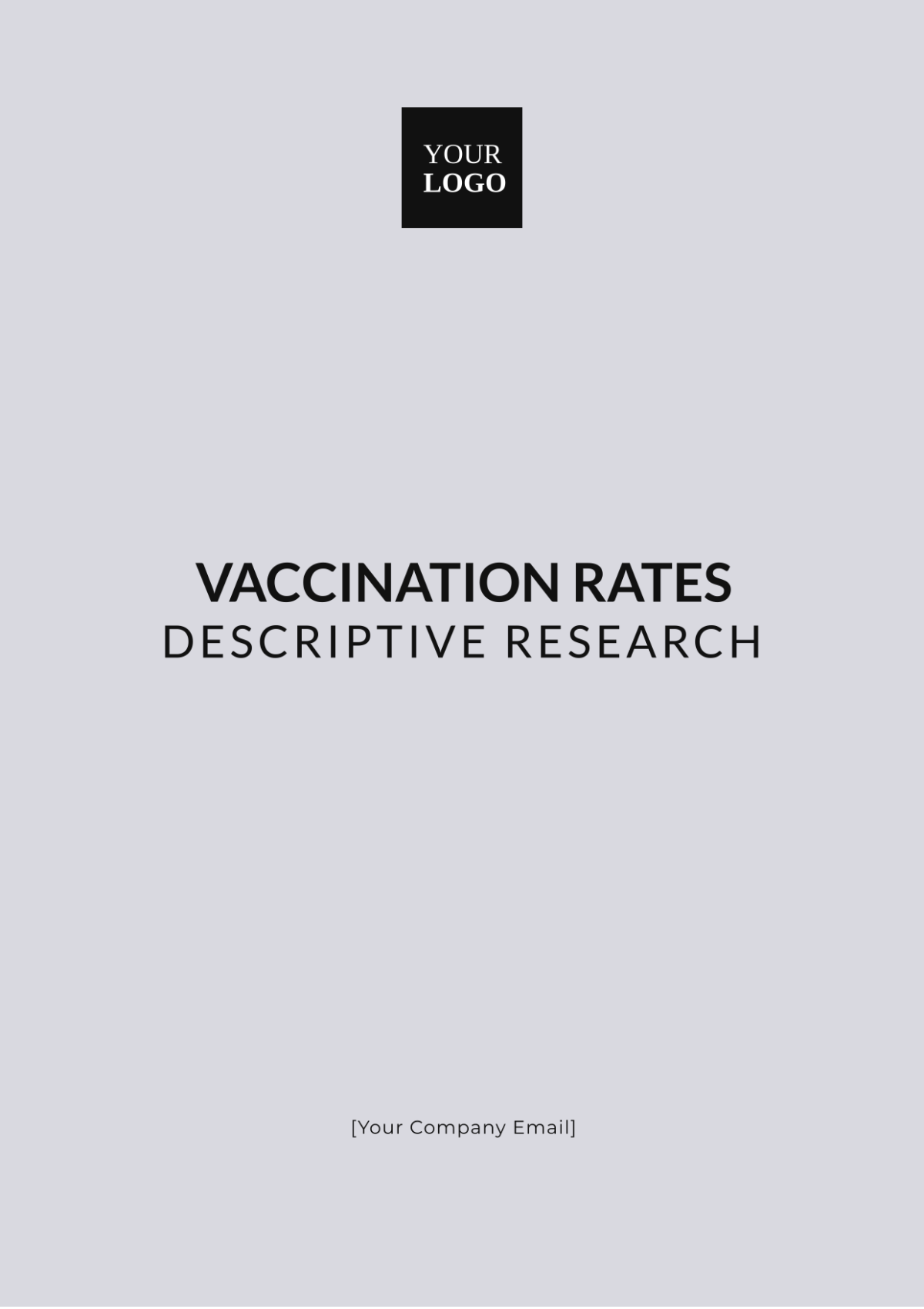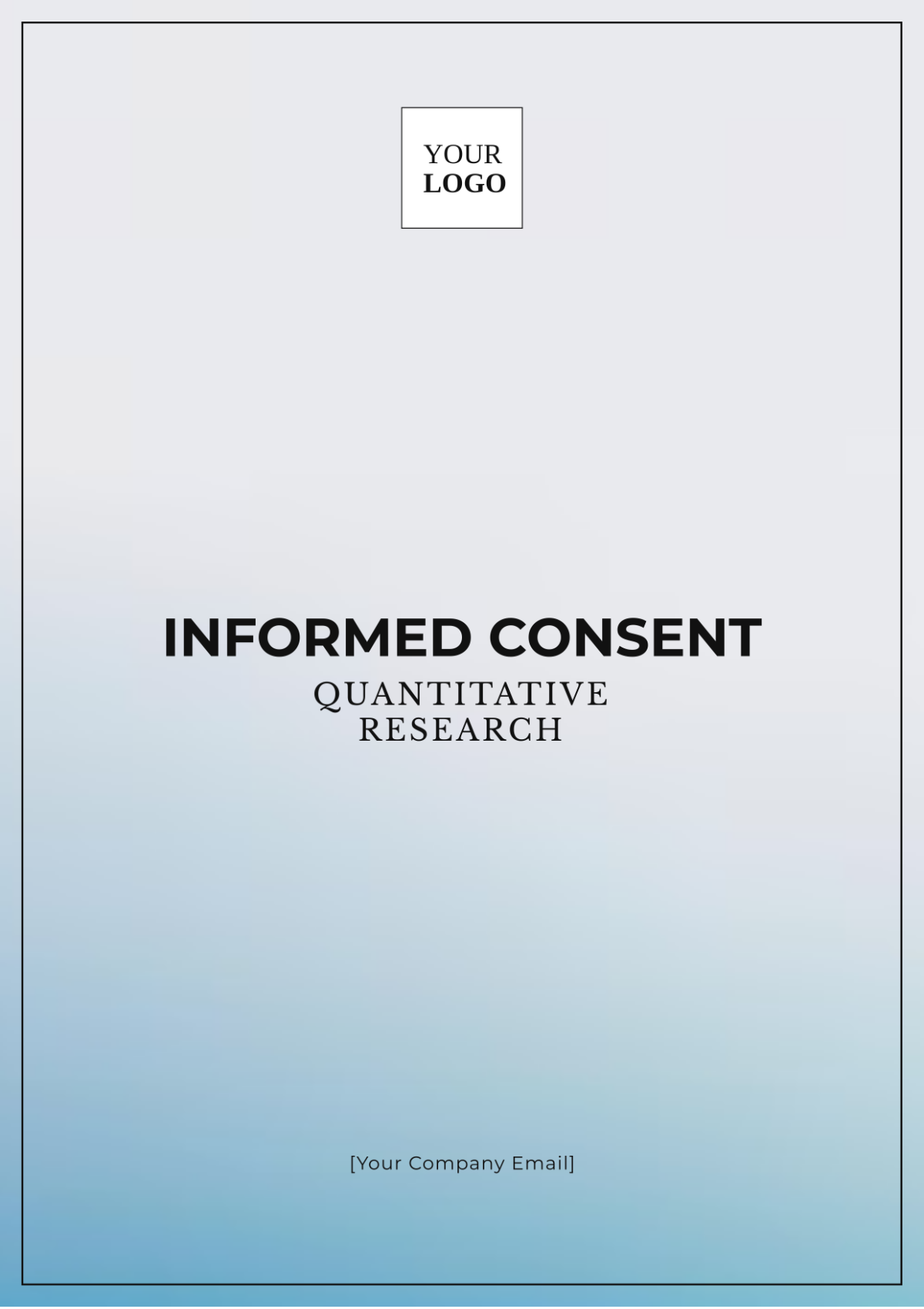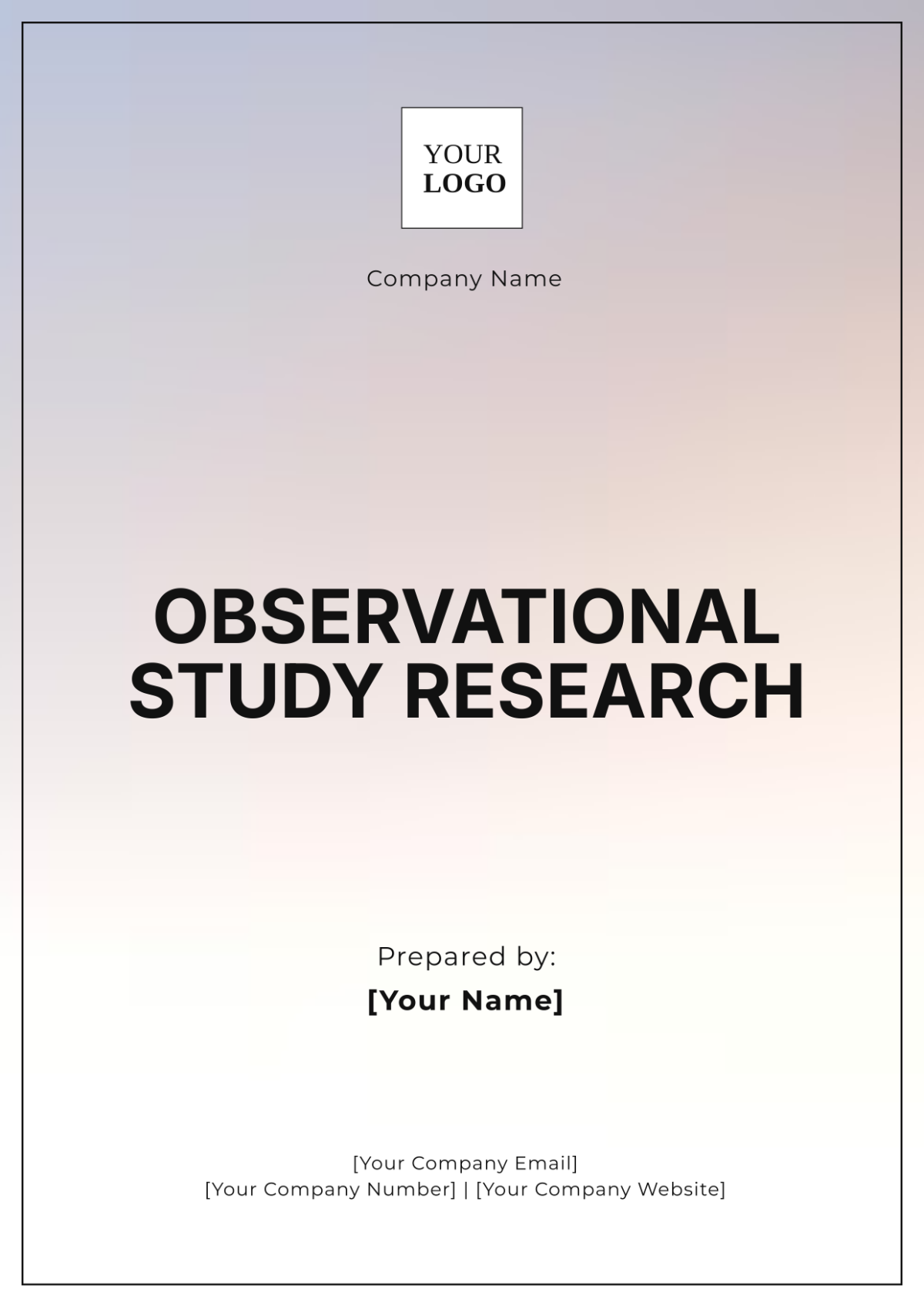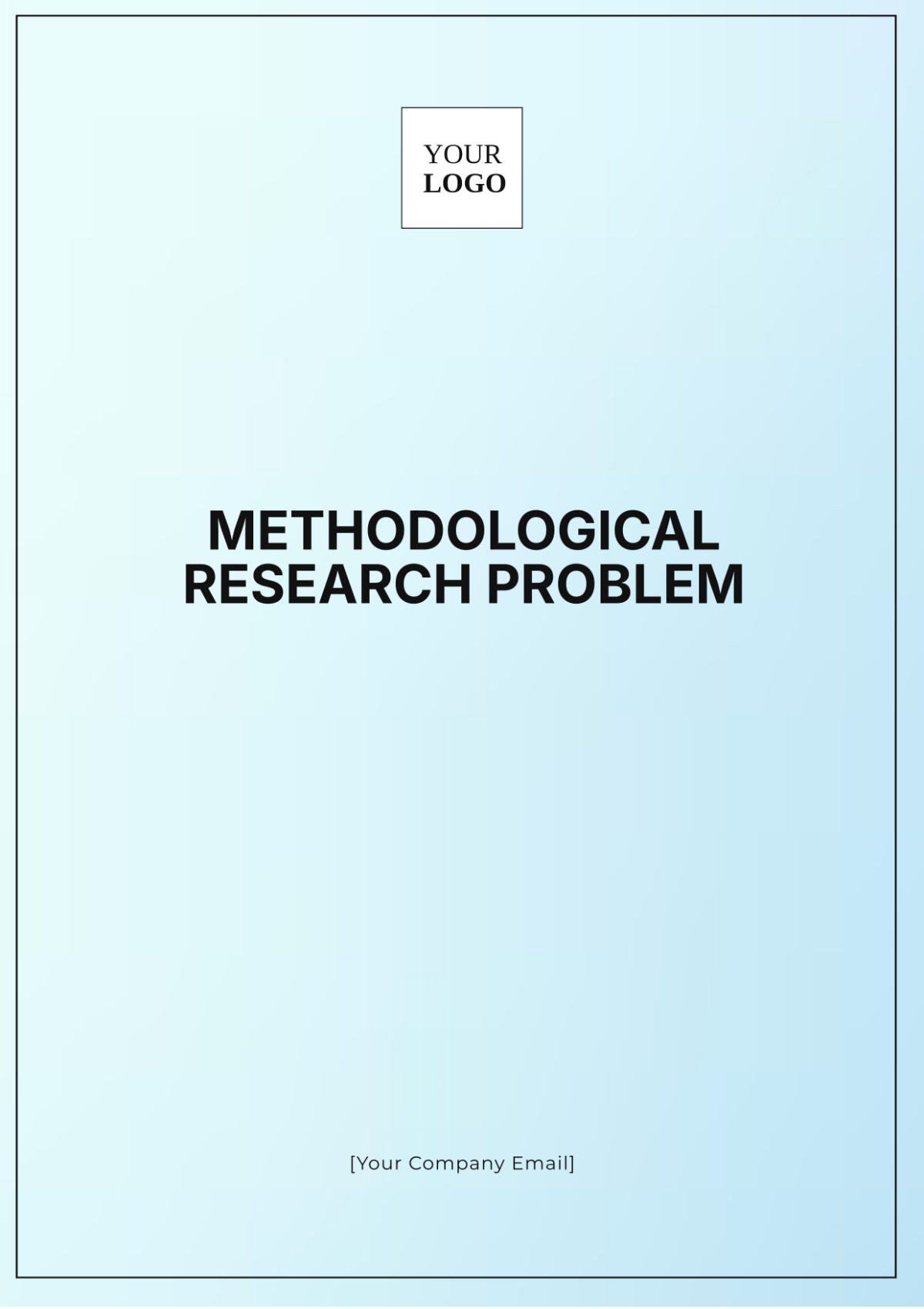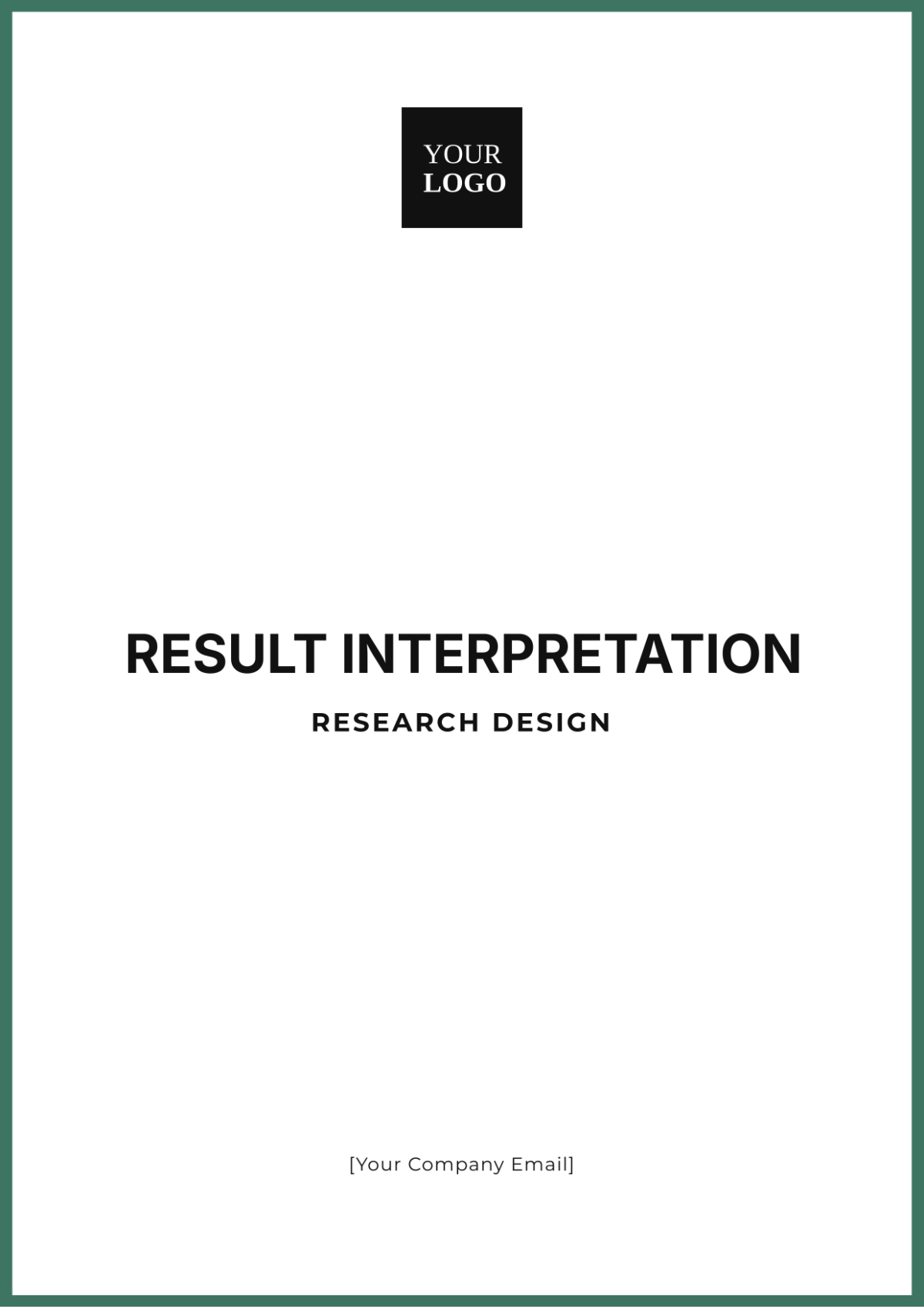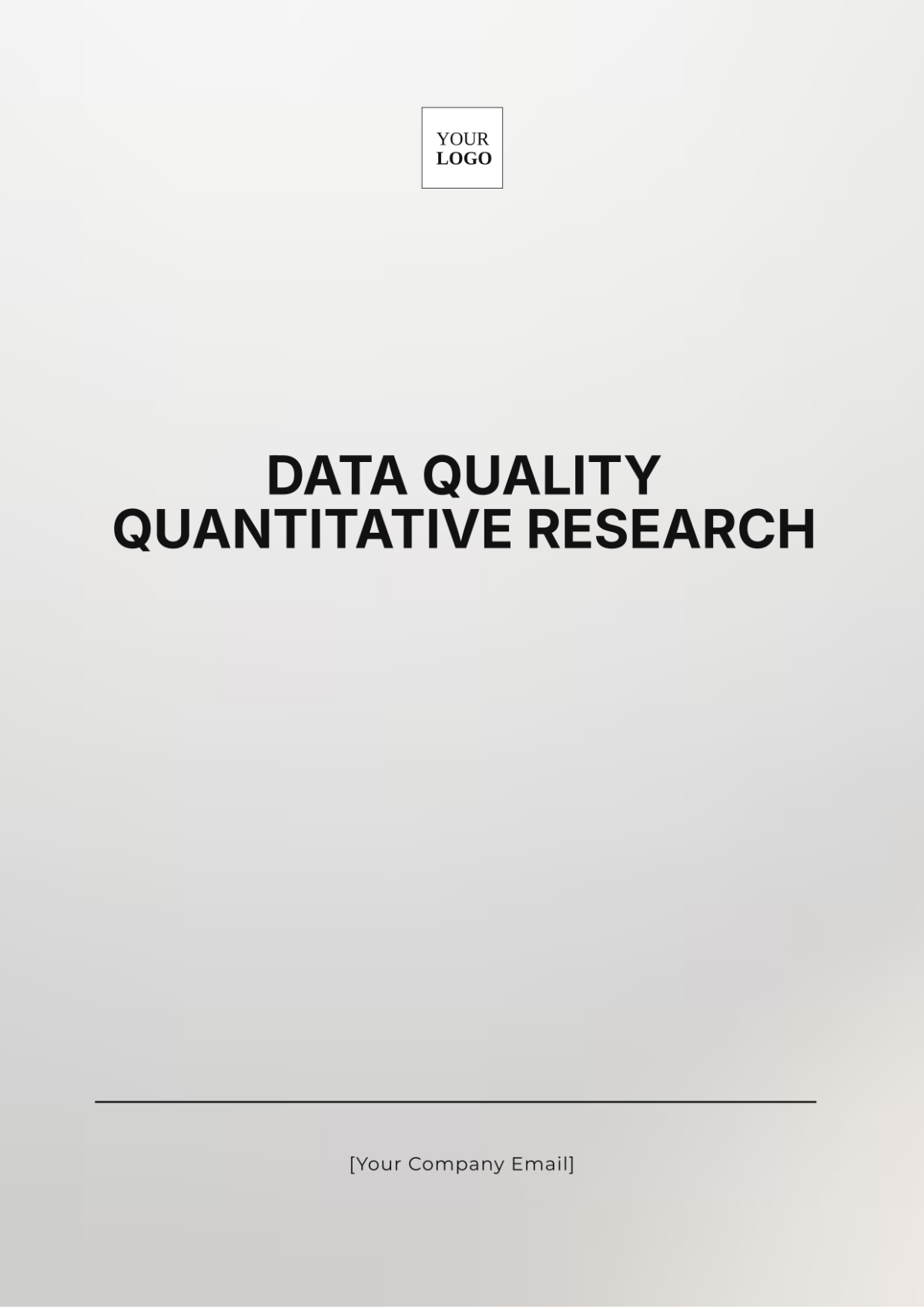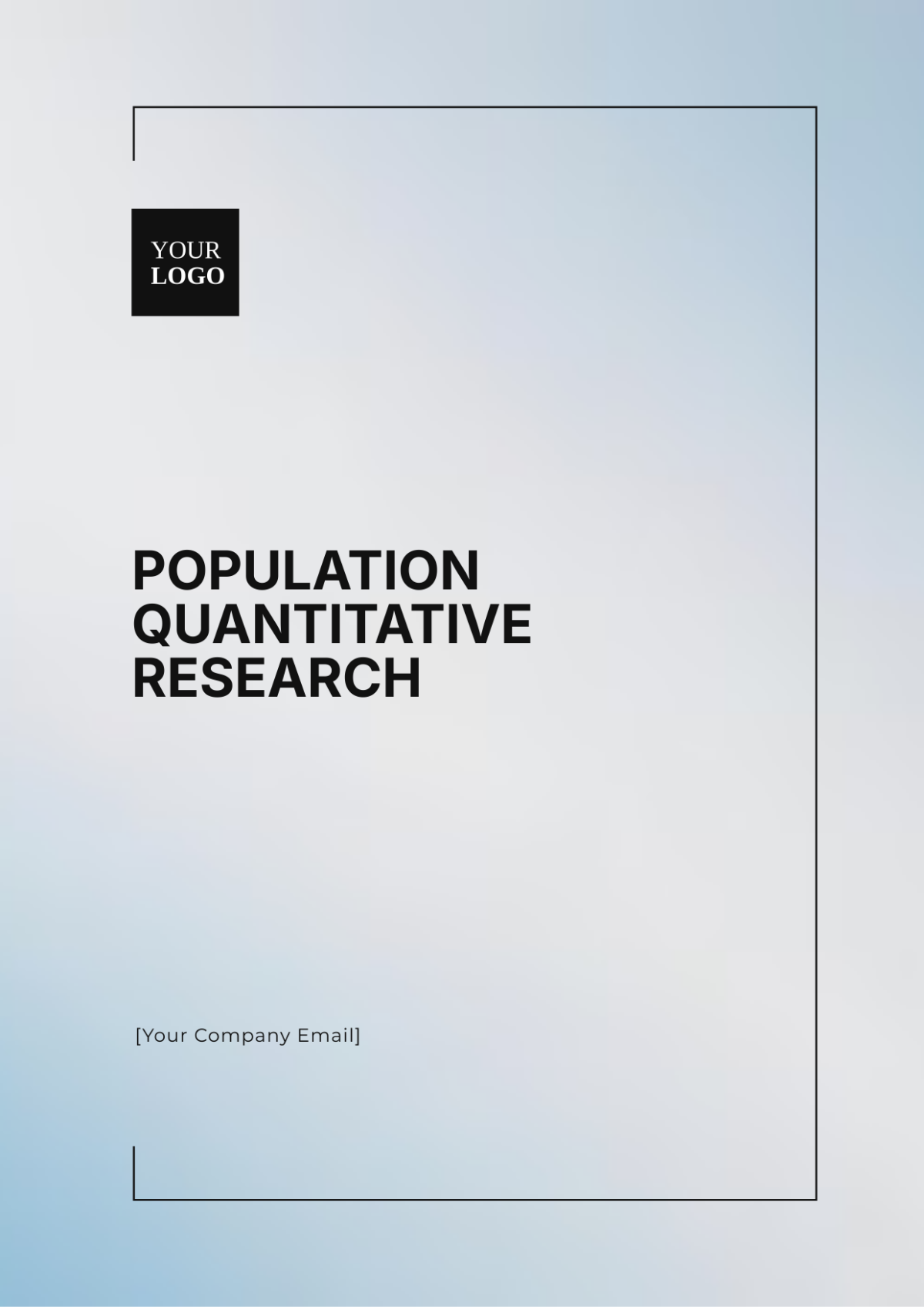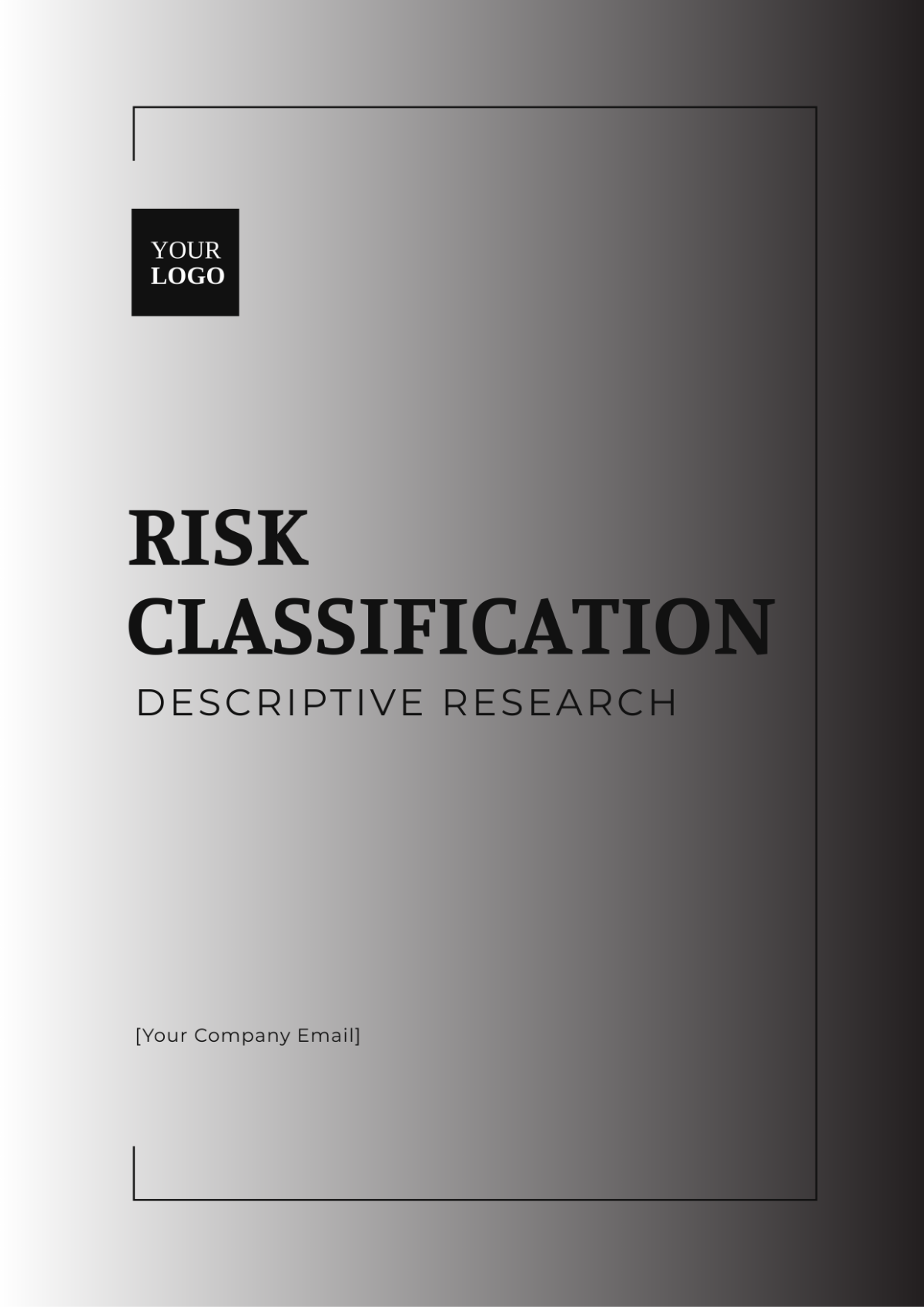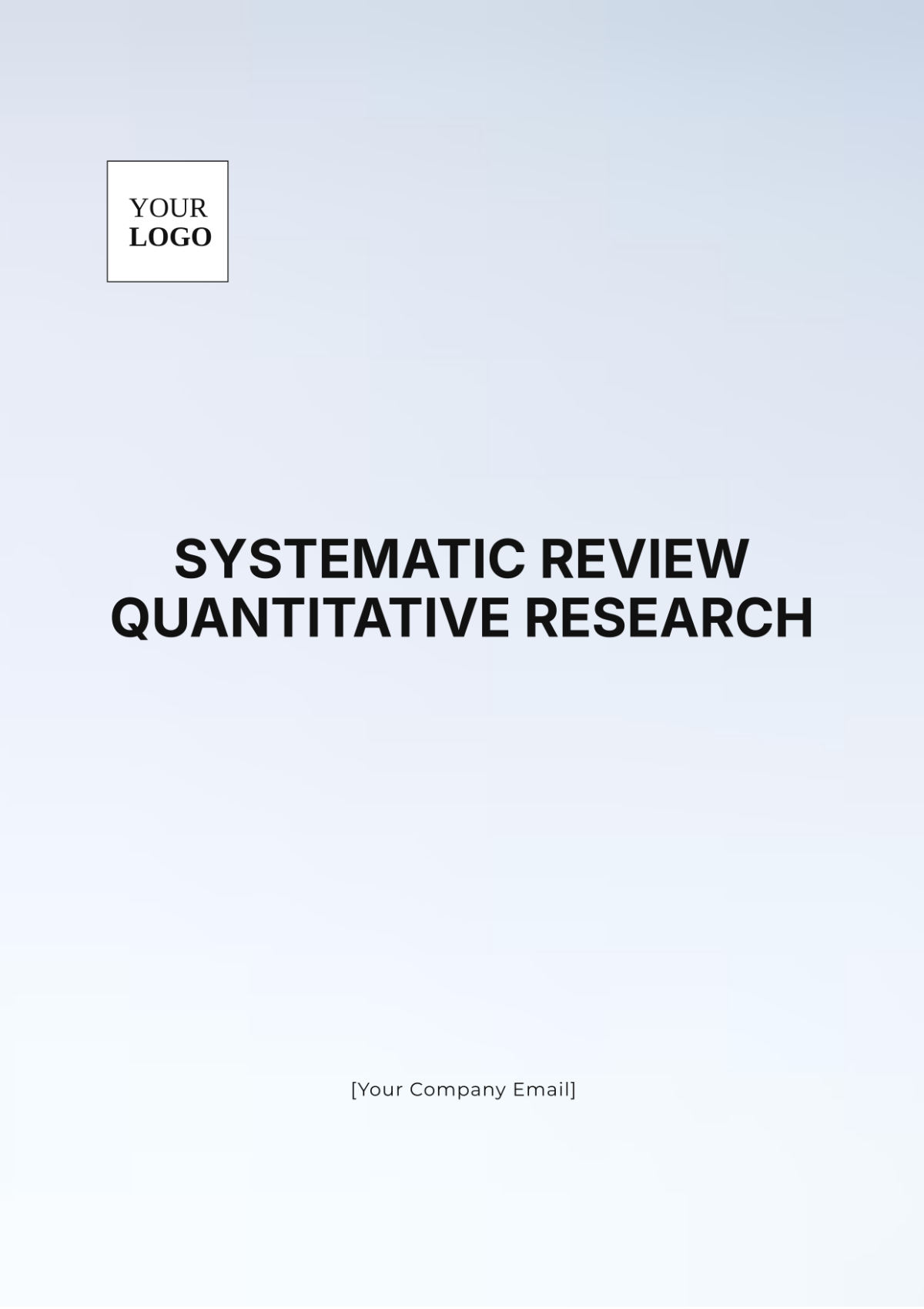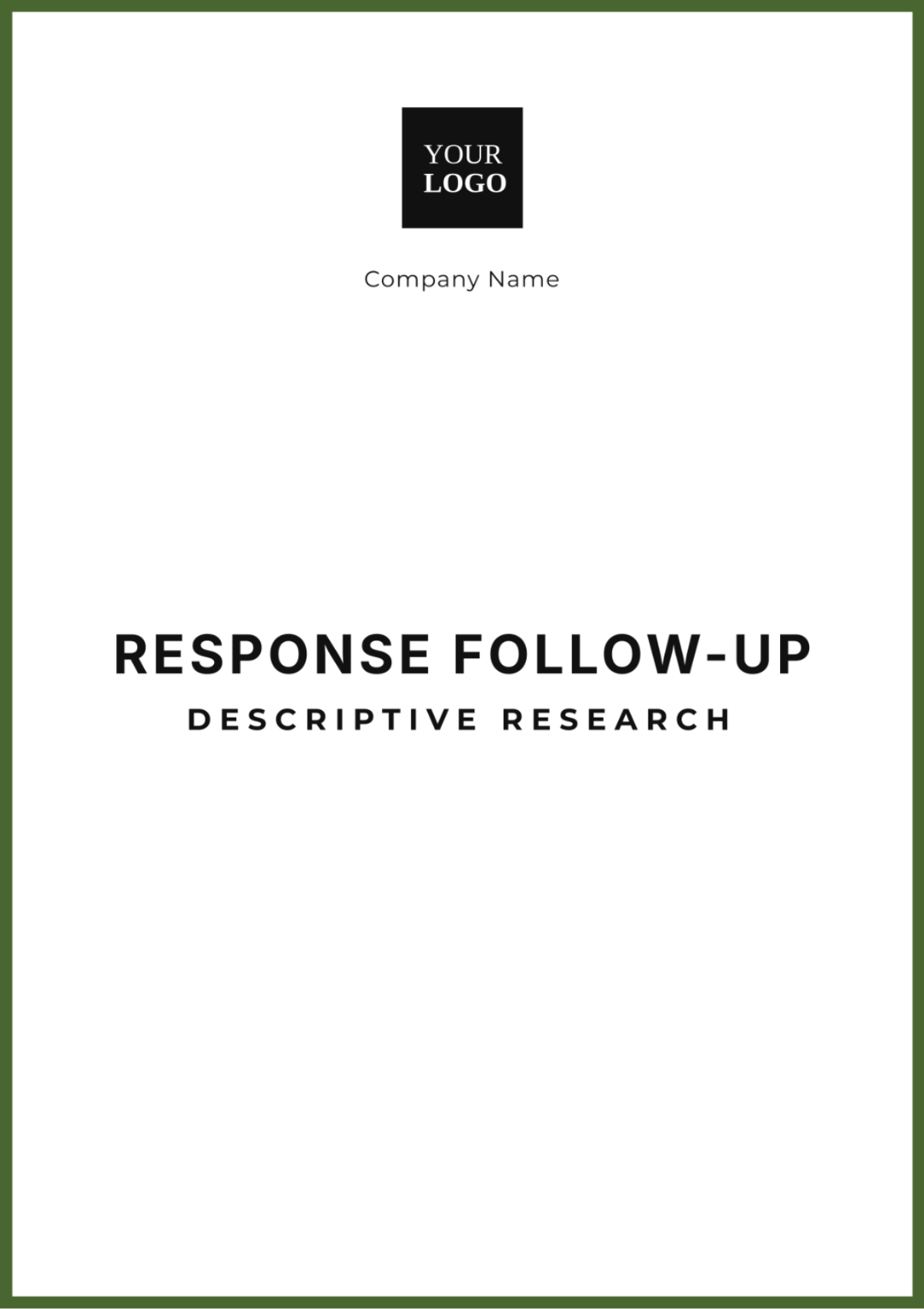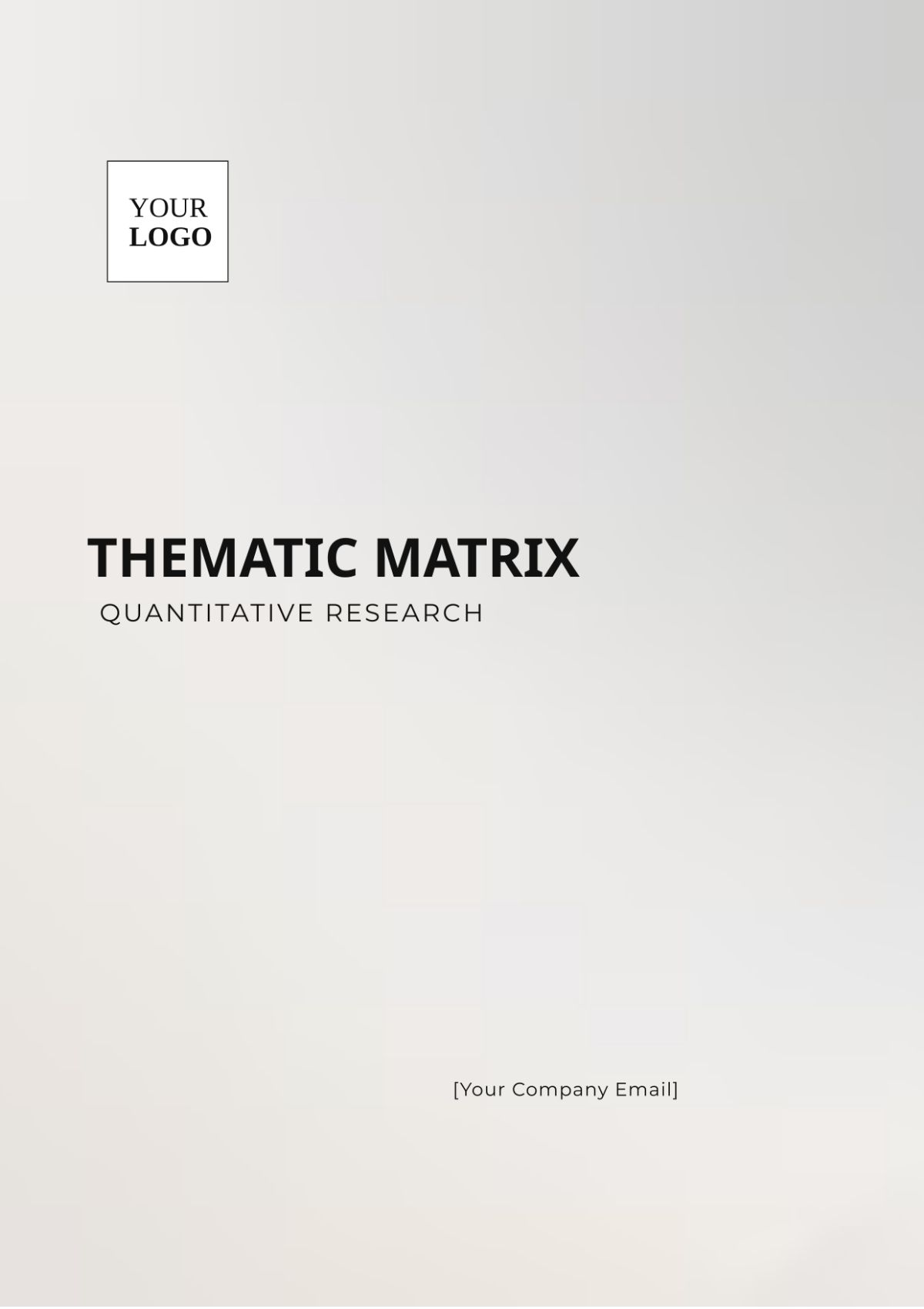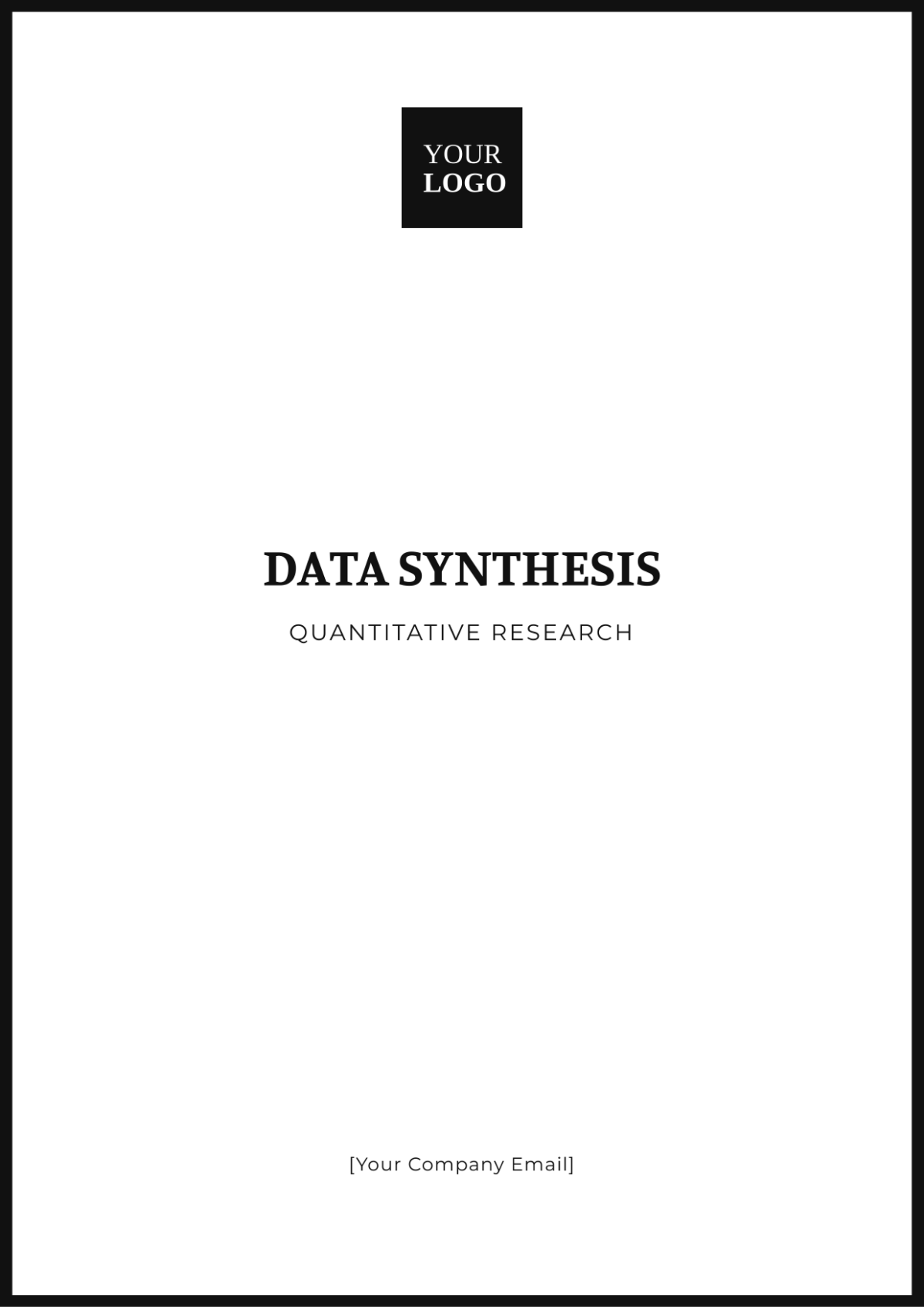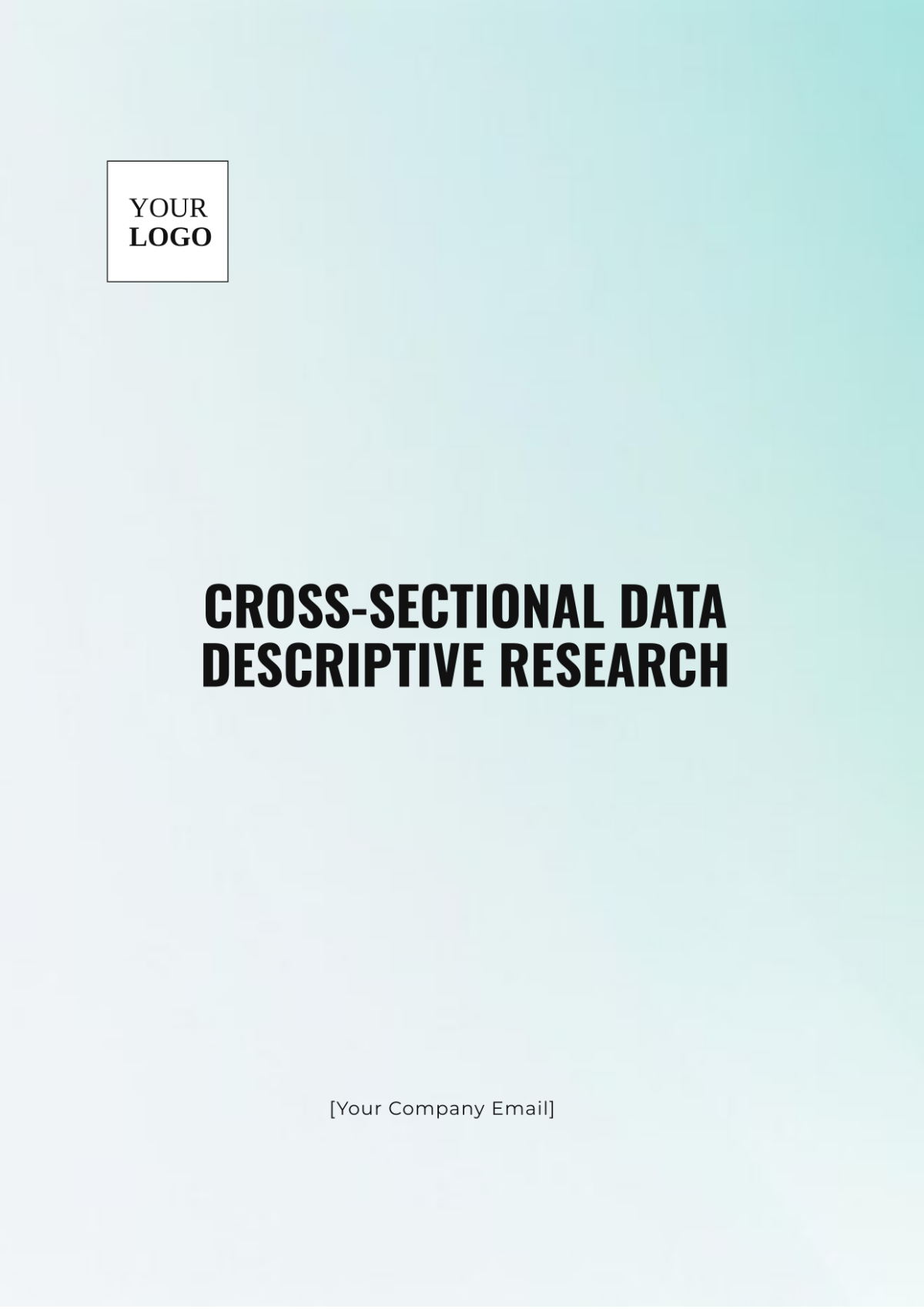Mixed Research Methodology
Written By: [Your Name]
I. Introduction
Mixed research methodology integrates both qualitative and quantitative approaches to gather and analyze data. By leveraging the strengths of each method, researchers achieve a more comprehensive understanding of complex phenomena that might not be fully captured through a single approach. This methodology is particularly valuable when addressing multifaceted research questions requiring both numerical data and in-depth insights.
II. Research Design
The research design for mixed methods involves a systematic plan that directs the data collection, analysis, and interpretation processes. The design must be closely aligned with the research questions and objectives to ensure coherent and comprehensive findings.
III. Types of Mixed Methods Designs
A. Sequential Explanatory Design
In this design, quantitative data is collected and analyzed first. Qualitative data is then gathered to explain or elaborate on the initial quantitative results. This approach is useful for interpreting and contextualizing quantitative findings.
B. Sequential Exploratory Design
Qualitative data is collected first to explore and develop initial insights about a phenomenon. Quantitative data is then collected to test or generalize these initial findings. This design is suited for developing hypotheses or theories that can later be tested.
C. Concurrent Triangulation Design
Qualitative and quantitative data are collected simultaneously but analyzed separately. The results from both types of data are then compared to assess convergence or divergence. This design aims to corroborate findings across methods to enhance the credibility of the results.
D. Concurrent Embedded Design
This design involves collecting both qualitative and quantitative data simultaneously, with one type of data playing a supportive role to the primary data type. It allows for a nuanced understanding by embedding one data type within a predominantly other method-focused study.
IV. Data Collection Methods
A. Qualitative Data Collection Methods
Interviews: Conduct structured, semi-structured, or unstructured interviews to gain in-depth insights from participants.
Focus Groups: Use focus groups to gather diverse perspectives and stimulate discussion on specific topics.
Observations: Employ direct, participant, or non-participant observations to capture behavioral and contextual data.
Document Review: Analyze existing documents, records, and archival materials to provide historical context and support other data.
B. Quantitative Data Collection Methods
Surveys: Utilize questionnaires and online surveys to collect data from large sample sizes, allowing for statistical analysis.
Experiments: Conduct controlled experiments to establish cause-and-effect relationships and test hypotheses.
Secondary Data: Analyze existing datasets to leverage previously collected information, saving time and resources.
Observations: Implement structured observation checklists to systematically collect quantitative data on specific behaviors or phenomena.
V. Data Analysis Strategies
A. Qualitative Data Analysis
Thematic Analysis: Identify and analyze patterns or themes within qualitative data to understand underlying concepts.
Content Analysis: Systematically code and categorize textual information to uncover trends and patterns.
Grounded Theory: Develop theories grounded in the collected data to explain observed phenomena.
Narrative Analysis: Explore personal stories or accounts to understand how individuals interpret and make sense of their experiences.
B. Quantitative Data Analysis
Descriptive Statistics: Summarize and describe data using measures such as mean, median, mode, and standard deviation.
Inferential Statistics: Make inferences about populations based on sample data using techniques like regression analysis, t-tests, and ANOVA.
Correlation Analysis: Examine the relationships between variables to identify patterns of association.
Data Visualization: Use charts, graphs, and other visual tools to represent data findings clearly and effectively.
VI. Integration of Qualitative and Quantitative Data
Data Transformation: Convert qualitative data into quantitative formats or vice versa to facilitate integration.
Data Correlation: Assess how qualitative findings support or contrast with quantitative results to provide a unified interpretation.
Comparative Analysis: Compare and contrast themes from qualitative data with patterns from quantitative analysis to enhance understanding.
Joint Display: Create matrices or graphs that display qualitative and quantitative data together, facilitating comparison and synthesis.
VII. Validity and Reliability
A. Ensuring Validity
Triangulation: Use multiple data sources or methods to enhance the credibility and validity of findings.
Member Checking: Return data or interpretations to participants for validation to ensure accuracy.
Thick Description: Provide detailed contextual information to support the transferability of findings to other settings.
Peer Review: Engage colleagues in reviewing and providing feedback on the research process and results to ensure rigor.
B. Ensuring Reliability
Consistency: Apply consistent data collection and analysis methods to enhance the reliability of results.
Dependability: Maintain an audit trail documenting all research steps to ensure transparency and dependability.
Replicability: Provide sufficient detail for other researchers to replicate the study, verifying the results.
Coding Checks: Perform intercoder reliability checks to ensure consistency in qualitative data coding.
VIII. Ethical Considerations
Ethical considerations are fundamental to ensuring the integrity and credibility of research. Researchers must adhere to ethical standards throughout the research process.
Informed Consent: Ensure participants are fully informed about the study’s nature, purpose, procedures, and potential risks, and obtain their voluntary agreement to participate.
Confidentiality and Anonymity: Protect participants' privacy by ensuring data confidentiality and anonymization where possible. Remove or code personal identifiers to prevent identification.
Data Security: Implement secure storage measures for both physical and electronic data, including encryption and secure backups, to prevent unauthorized access.
Researcher Bias: Acknowledge and address potential biases by practicing reflexivity and considering how personal perspectives may influence the research.
IX. Conclusion
Mixed research methodology provides a comprehensive framework for exploring complex research questions by integrating qualitative and quantitative approaches. By combining the strengths of both methods, researchers can achieve a richer, more nuanced understanding of their study topics. Attention to research design, data collection, analysis, validity, reliability, and ethical issues is crucial for the successful implementation and credibility of mixed methods research.







